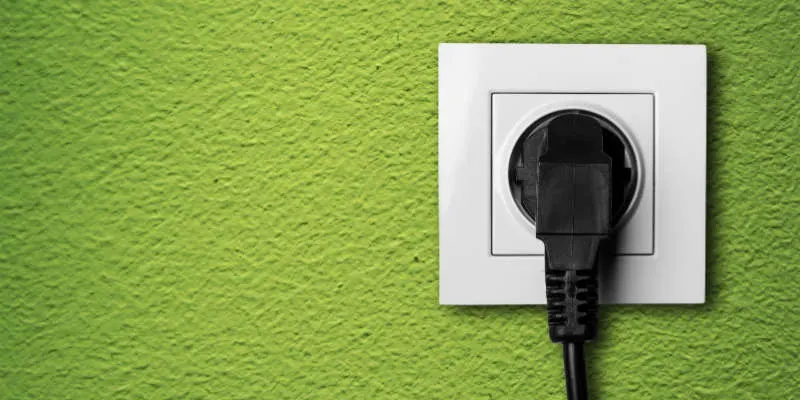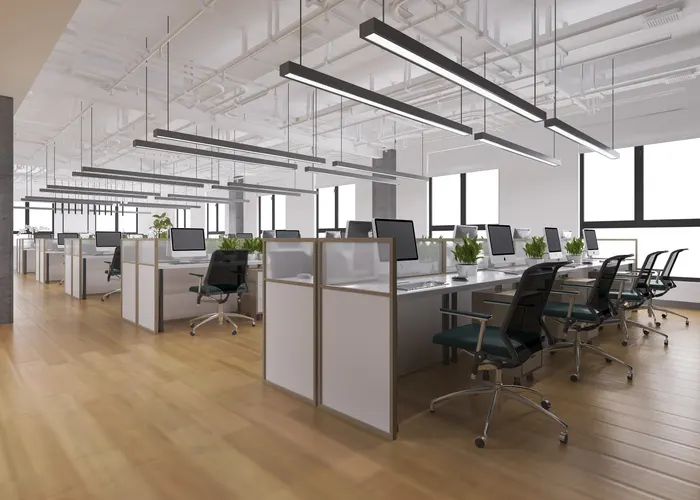Do You Have Clarity Over Your Building Occupancy?
Your commercial property has a purpose: to serve the needs of the occupants. Whether you operate across a portfolio of properties or just a few floors of an individual building, having a thorough understanding of occupancy will contribute significantly to the efficiency of your operations, as well as protect the safety and wellbeing of your employees, customers and leaseholders.
Depending on the scale of your infrastructure, lack of insight into the activities that go on throughout your real estate may cause a lot of stress for occupants, maintenance and cleaning staff, as well as visitors and clients.
Why you need to know your building occupancy
Safety
Various elements factor into the concept of safety when it comes to real estate. Your primary concern should be to ensure that occupants are not harmed whilst using the facility, either through faulty or neglected features of your building or inefficient fire and safety hazards procedures.
Overcrowding, when undetected, could significantly compromise the safety of your occupants and even the integrity of your building's structure. It's not always possible to detect when a specific space has reached capacity without the appropriate technology. Too many people in an enclosed space affects the air quality, the ability of individuals to navigate the area productively and could create a bottleneck effect should a quick evacuation be required in the event of an emergency. Occupancy sensors can provide your operations team with real-time reporting on the current state of your building's capacity and help them to take action when necessary.
Discreetly mounted IoT sensors can give you instant visibility of the occupancy of different areas within the building. These devices can help monitor traffic flow around your building and help identify compromised areas.
Energy efficiency
With the proliferation of new, flexible working spaces, your building may not require heating and lighting in all areas at all times, such as meeting rooms and corridors. Using real-time occupancy data, IoT devices can control elements such as room temperature and lighting to make sure that you are not wasting any unnecessary resources. This will save your business a tremendous amount of money and help to keep employees happy by anticipating their needs.
De-carbonising the commercial building sector is a significant concern for governments worldwide, taking steps to demonstrate your efforts towards fewer emissions will put your business in a much better position for adapting to new regulations. Furthermore, this makes your organisation more appealing to potential employees, customers and leaseholders that prioritise environmental consciousness.
Space utilisation
There is a multitude of reasons and scenarios which require operations teams to understand space utilisation throughout your building:
- Ensure that the number of people in any given room does not exceed the limits set by regulatory bodies that factor in things such as fire exits and other safety protocols which must be observed.
- Businesses that operate a hot-desking office model need to keep a keen eye on the availability of infrastructural resources which employees require to carry out their tasks. Staff members need to be able to check in and see whether there is available space for their daily agendas, be it a meeting room, collaboration space or simply a desk. This will help them to plan out their day more efficiently and eliminate friction between employees.
- If you are looking to reduce costs or align your budget with the needs of your business, it will be hugely beneficial for your decision-making process to have an awareness of how the space in your building is being used. You may find that many areas remain vacant and could be generating income by being rented out to other businesses or repurposed altogether. Through observing how employees navigate your current floor space, you may also be able to identify why some processes cause incongruity between departments as you study the movement of occupants throughout the facility.
How smart building technology can help
The demand for smart building technology is ever-growing as businesses, government, and individuals seek to reinvent work and living spaces for environmental, health and wellbeing, financial and social purposes.
People counting sensors can help you to detect when individuals leave and enter your building while allowing them to maintain anonymity. Your facilities management team can gain a far more actionable overview of the premises and be able to respond to issues much quicker. True Occupancy data is collected in an AI cloud platform for analysis, reporting and integration with third-party systems that will give key stakeholders the real-time data they need to make sound business decisions that save you money and keep your premises at the forefront of modern building performance standards. If you’d like to gain some clarity on how your building is being occupied and the opportunities for improvement this presents, get in touch with Irisys today.
Download our eBook The Truth About Workplace Occupany and learn key insights into the smart building market, benefits of occupancy data analytics and real-world applications from the National Grid.
Share this
You May Also Like
These Related Posts

Is Your Commercial Building Fit For Purpose?

How To Calculate And Optimize Your Office Space Utilization Rate

How True Occupancy Data can Turn Your Building Into a Smart Building
Connect with us
Need more information? Ready to get started? We're here to help, get in touch.


